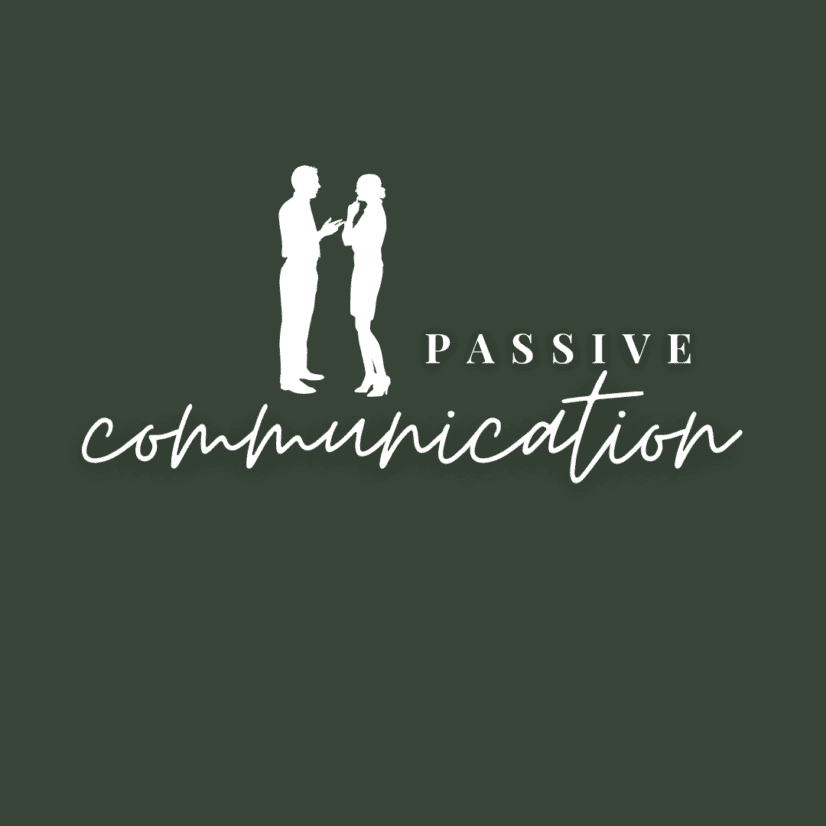Passive communication is a style where one has developed a pattern of avoiding expressing their opinions and/or feelings.
Passive communicators often avoid protecting their rights, and identifying and meeting their needs. People who tend to develop passive ways of communicating usually suffer from low self-esteem and feel that they are “not worth it.” This style of communicating can also lead to feelings of anxiety, helplessness, depression, and anger.
Passive communication shows up in behaviors such as these:
- Allowing others to deliberately infringe on your rights
- Failure to express your feelings and needs
- Tendency to speak in a soft tone or apologetically
- A slumped body posture and poor eye contact
How to Challenge Your Passive Pattern
Over time, passive individuals do not respond to grievances or annoyances but instead allow them to pile up. Finally the passive communicator may explode with angry outbursts when their threshold for unacceptable behavior is reached. After these angry outbursts the passive communicator often feels guilt and shame which starts their passive behavior again. In order to challenge a passive pattern, try these things:
- Recognize your passive behaviors – Partners help each other out by pointing out non-verbal clues to begin with.
- Think about what you need and want – Stop doing what you “think” the other person wants! Get clarity on what is being said from the other person. Stop accepting your assumptions.
- Speak up! – Challenge your assumptions with your partner. For example, “When you said you didn’t care, what were you referring to?”
Written by: GROW Staff
Article Updated: February 23, 2024

